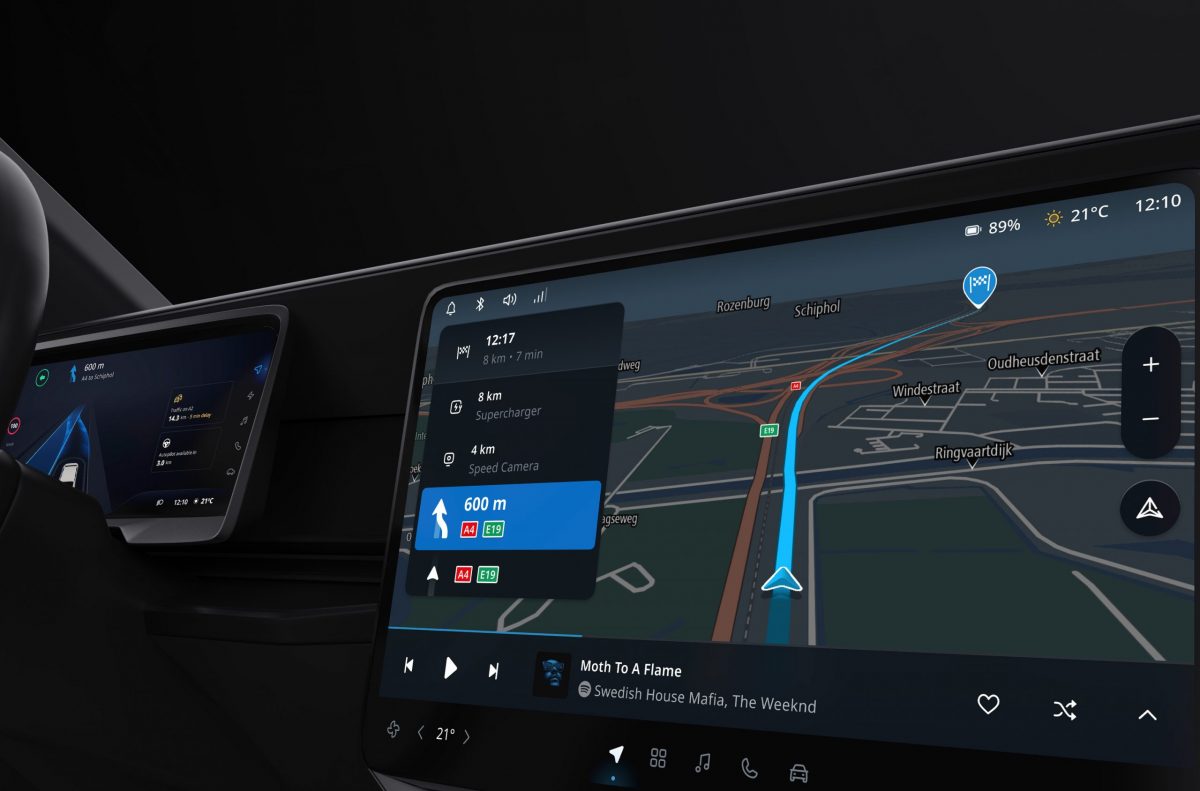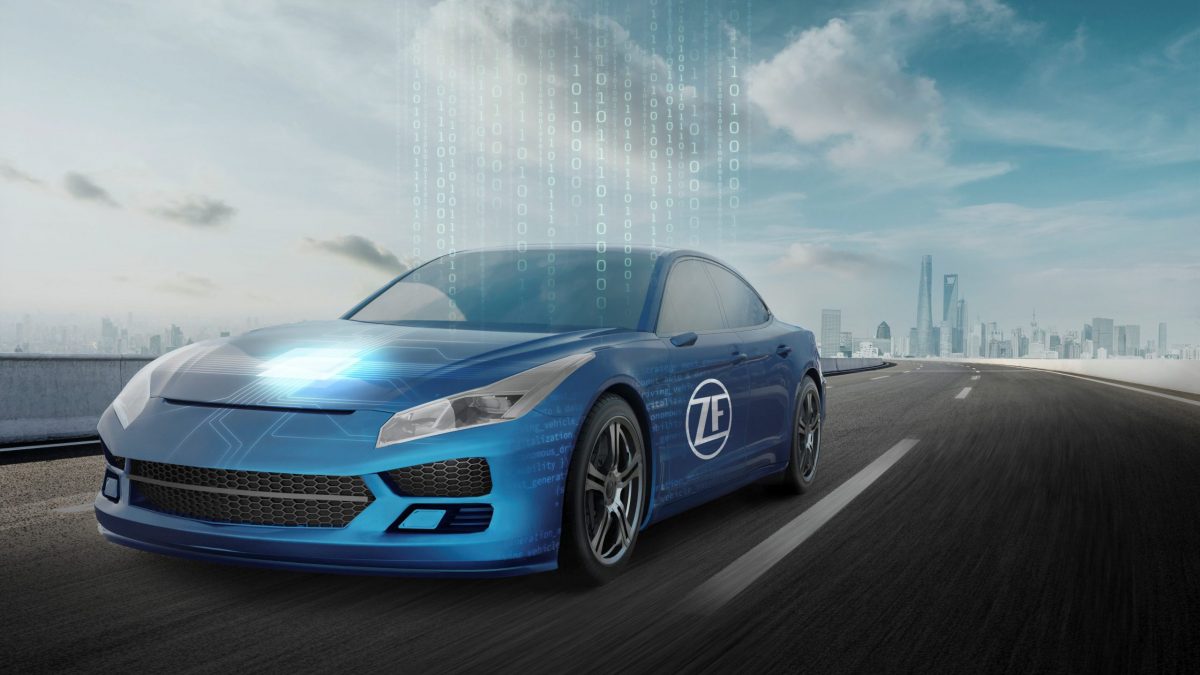Vehicle software and computing have become increasingly complex undertakings. The modern vehicle can contain as many as a hundred or more embedded control units (ECUs), and though that setup can handle today’s in-vehicle needs, concerns are rising over how futureproof this architecture is. “We have hit the limit of what legacy distributed architectures can do,” Aptiv’s Chief Technology Officer, Glen de Vos, told Automotive World during CES 2021. “You can’t keep adding more copper to the vehicle; you have to simplify that.”
It’s time to log in (or subscribe).
Not a member? Subscribe now and let us help you understand the future of mobility.
Scroll
News
Magazine
Articles
Special Reports
Research
OEM Tracker
OEM Model Plans
OEM Production Data
OEM Sales Data
Most Popular
Pro
£495/year
or £49.50/month
1 user
1 user
- News
- yes
- Magazine
- yes
- Articles
- yes
- Special Reports
- yes
- Research
- no
- OEM Tracker
- no
- OEM Model Plans
- no
- OEM Production Data
- no
- OEM Sales Data
- no
Most Popular
Pro+
£1,950/year
or £195/month
1 user
1 user
- News
- yes
- Magazine
- yes
- Articles
- yes
- Special Reports
- yes
- Research
- yes
- OEM Tracker
- yes
- OEM Model Plans
- yes
- OEM Production Data
- yes
- OEM Sales Data
- yes
Most Popular
Pro+ Team
£3,950/year
or £395/month
Up to 5 users
Up to 5 users
- News
- yes
- Magazine
- yes
- Articles
- yes
- Special Reports
- yes
- Research
- yes
- OEM Tracker
- yes
- OEM Model Plans
- yes
- OEM Production Data
- yes
- OEM Sales Data
- yes
Most Popular
Pro+ Enterprise
Unlimited
- News
- yes
- Magazine
- yes
- Articles
- yes
- Special Reports
- yes
- Research
- yes
- OEM Tracker
- yes
- OEM Model Plans
- yes
- OEM Production Data
- yes
- OEM Sales Data
- yes



